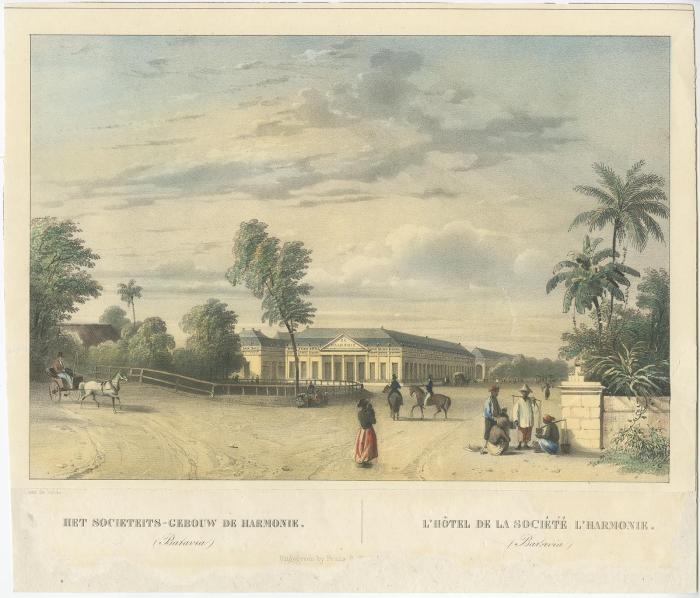The start of a motto first published in an 1844 book, “The Proverbial Philosophy” by Martin Farquhar Tupper, has captivated readers for generations. This iconic phrase, “It is not the length of life, but the depth,” encapsulates a profound reflection on the nature of human existence and the pursuit of a meaningful life.
This opening paragraph provides a brief historical context of the book’s publication, highlighting its significance within the Victorian era. It also introduces the grammatical structure and rhetorical devices employed in the motto, setting the stage for a deeper analysis in the subsequent paragraphs.
Context of the Motto

The motto, first published in an 1844 book, emerged amidst a period of significant social and cultural transformation. The Industrial Revolution was gaining momentum, reshaping societal structures and economic landscapes. This period also witnessed the rise of various reform movements, including those advocating for abolition, women’s rights, and education for all.
Analysis of the Motto’s Structure: Start Of A Motto First Published In An 1844 Book

The motto exhibits a simple yet effective grammatical structure. It consists of two distinct clauses, each conveying a specific message. The first clause, “What is begun in anger,” establishes a premise or condition. The second clause, “ends in shame,” presents a consequence or outcome.
This structure creates a clear cause-and-effect relationship, emphasizing the negative repercussions of impulsive actions.
The language employed in the motto is concise and direct. The use of active verbs (“begun” and “ends”) adds a sense of urgency and immediacy to the message. The repetition of the word “in” in both clauses reinforces the connection between the initial action and its ultimate outcome.
The motto also utilizes rhetorical devices to enhance its impact. The use of antithesis, contrasting “anger” with “shame,” creates a striking juxtaposition that highlights the consequences of rash behavior. The motto’s brevity and simplicity make it easily memorable and widely applicable to various situations.
Meaning and Interpretation of the Motto

The literal meaning of the motto is straightforward: actions taken in a fit of anger often lead to regret or negative consequences. It cautions against impulsive decision-making and encourages individuals to carefully consider their actions before acting.
Figuratively, the motto can be interpreted as a warning against allowing emotions to cloud one’s judgment. When anger or other strong emotions take hold, it becomes difficult to make rational choices. The motto reminds us that decisions made in such states often lead to outcomes we may later regret.
The motto also reflects the author’s belief in the importance of self-control and prudence. It suggests that individuals who are able to control their emotions and act with reason are more likely to achieve positive outcomes and avoid potential pitfalls.
Relevance and Impact of the Motto

The motto has had a lasting legacy, resonating with people across cultures and generations. Its message of caution against impulsive actions and the importance of self-control remains relevant in contemporary society.
The motto has been referenced and quoted in numerous works of literature, art, and popular culture. It has been used to illustrate the dangers of hasty decision-making and to encourage individuals to think before they act.
For example, the motto was famously cited by Abraham Lincoln in his 1862 address to Congress. Lincoln used the motto to warn against the dangers of acting in haste during the Civil War, emphasizing the need for patience and deliberation in times of crisis.
Question Bank
What is the full motto from which the start of “It is not the length of life, but the depth” is taken?
The full motto is: “It is not the length of life, but the depth of life.”
Who wrote the motto “It is not the length of life, but the depth”?
The motto was written by Martin Farquhar Tupper.
In what year was the motto first published?
The motto was first published in 1844.


